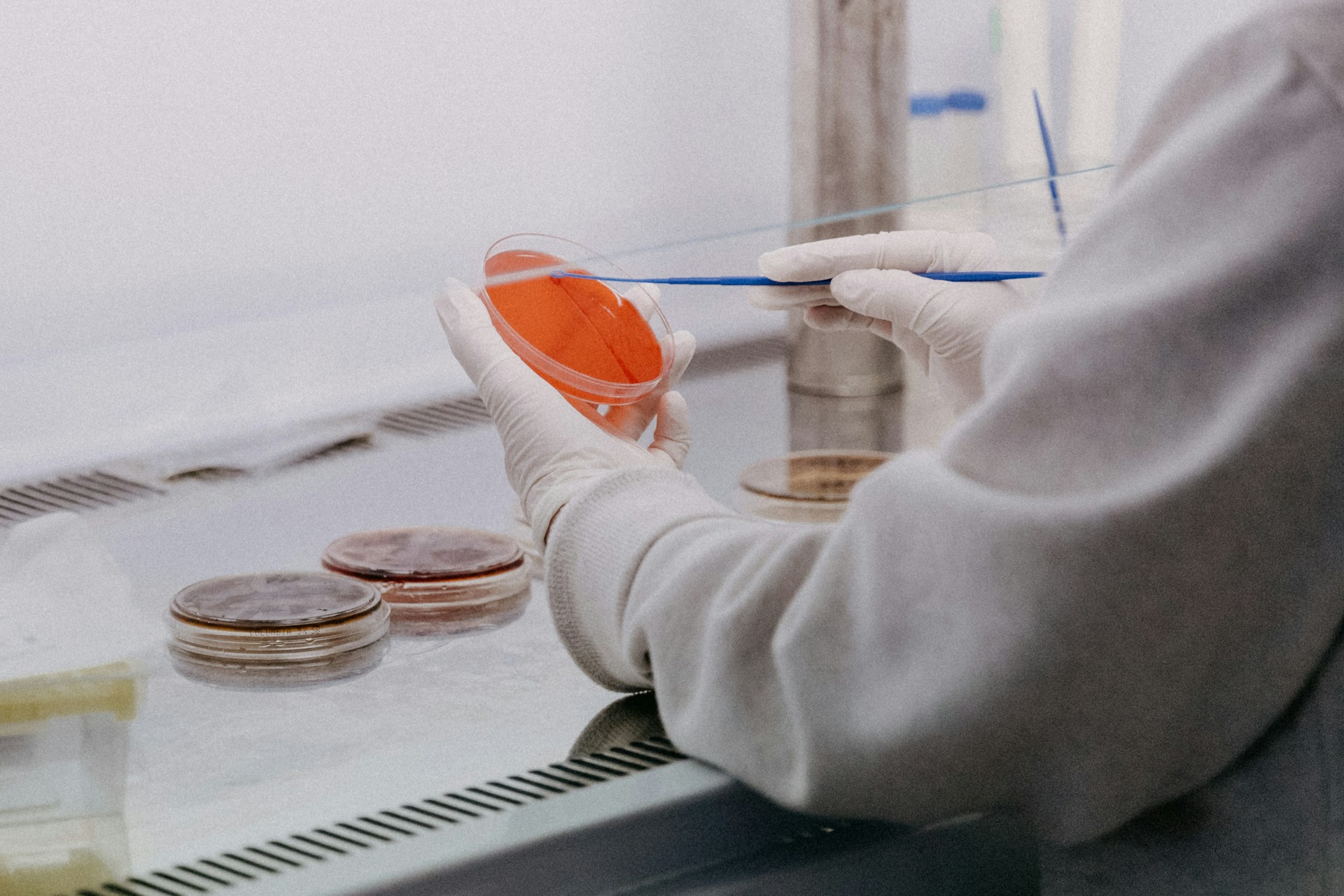Stem cell therapy is one of the greatest achievements of modern medicine, due to the fact that it can treat a range of diseases by stimulating the body's natural healing mechanisms.
Keep reading to learn more about this revolutionary treatment, including the benefits of stem cells, challenges like stem cell therapy cost and the future of stem cell research.
What are the types of stem cells?
Pluripotent Stem Cells
Pluripotent stem cells are stem cells that can differentiate into over 200 types of somatic (body) cells. Pluripotent stem cells are obtained from human embryos during their first stage of development, making pluripotent stem cells controversial.
Multipotent Stem Cells
Multipotent stem cells are a type of adult stem cell that can differentiate into a limited range of cells. The most common type of multipotent stem cells are mesenchymal stem cells (MSCs). MSCs can differentiate into a range of cells, including nerve, bone, muscle, fat and liver cells. Unlike pluripotent stem cells, MSCs can be ethically derived from the fat tissue, gum tissue, or bone marrow of consenting adult donors.
Induced Pluripotent Stem Cells (iPSCs)
Induced pluripotent stem cells (iPSCs) are adult stem cells that have been genetically modified in a laboratory to offer the same benefits as embryonic stem cells, without the ethical concerns or safety issues. Since iPSCs are still undergoing research and development, they are not used in stem cell treatment clinics.
Regenerative medicine: healing from within
Tissue regeneration
Stem cells treat the underlying cause of a disease by restoring damaged tissues. When stem cells are administered to a patient, they migrate to the site of damaged tissue and release growth factors that renew damaged cells and decrease excessive cell death, restoring damaged tissue to its normal function.
Organ repair and replacement
Contrary to popular belief stem cells cannot grow a new organ, but they can help repair damaged organs by differentiating into the cells of a damaged organ. For example, stem cells can differentiate into liver cells to help treat liver cirrhosis.
Stem cells can help restore damaged organs in the following ways:
- Promoting the growth of new blood vessels
- Activating the body's own stem cell pool
- Inhibiting immune aggression
- Reducing inflammation
- Promoting the growth of new healthy cells
- Wound healing
Stem cells can differentiate into skin cells and promote the release of cytokines and growth factors needed for wound healing.
Personalised medicine: tailoring treatments
Clinics like Swiss Medica offer pretreatment consultations, where patients can discuss their condition and treatment goals with a doctor. Doctors can determine a patient's eligibility for stem cell treatment, provide patients with a stem cell treatment price and design a tailored treatment plan. Doctors can also select the stem cell type, source and delivery method they think will work best for each patient.
Advancements in neurology
Stem cell therapy is a promising treatment for neurological conditions that currently have no cure, such as dementia and Parkinson's disease.
Stem cell therapy is so effective at treating these neurological conditions because stem cells can target damaged neurons in the brain and stimulate the growth of new neurons. Stem cells also exert neuroprotective effects, helping to slow or stop the progression of neurological conditions.
Photo by Trnava University on Unsplash
Overcoming challenges and ethical considerations
Stem cell therapy cost remains a significant challenge in stem cell treatment. Since it's still a new therapy, the cost can be relatively high. Some patients overcome this challenge by traveling to a stem cells clinic in a country with a lower cost of living.
Research is currently focused on finding efficient stem manufacturing methods that make stem cells less expensive to produce, thereby lowering the cost of treatment and increasing accessibility. Many people associate stem cell therapy with the ethical concerns of embryonic pluripotent stem cells. However, clinics increasingly use MSCs instead because they’re ethically sourced and are effective at treating a range of diseases.
The future of stem cell research
Stem cell research is focused on finding optimal stem cell sources and delivery methods. In addition, iPSCs are a main focus of stem cell research, because they are capable of almost unlimited expansion, can be modified through genetic engineering and can differentiate into nearly all somatic cell types.
In conclusion
Today, most stem cell clinics use MSCs because they are safe and effective. They can also be ethically sourced from adult donors. iPSCs are not used in treatment, but are the focus of intensive research, due to their differentiation capabilities, ethical sourcing and potential for genetic engineering.
Stem cell treatment can provide many benefits for tissue regeneration, organ generation and wound healing. It also has great potential in treating neurological diseases. If you're interested in this innovative therapy, make sure to find a stem cells clinic that offers personalised treatment.
Feature image: Robina unsplash
Associated with the nervous system and the brain.
Full medical glossary

